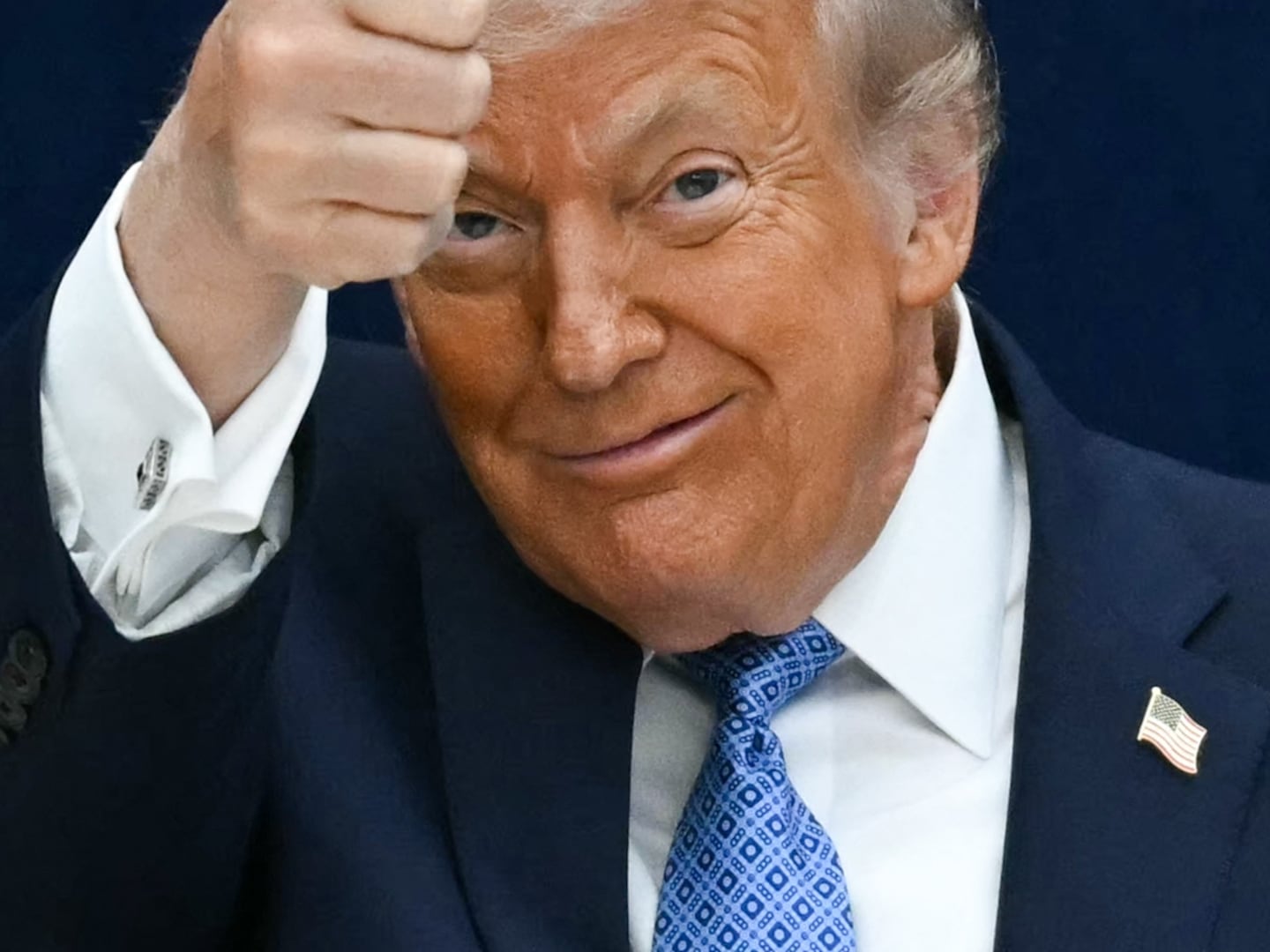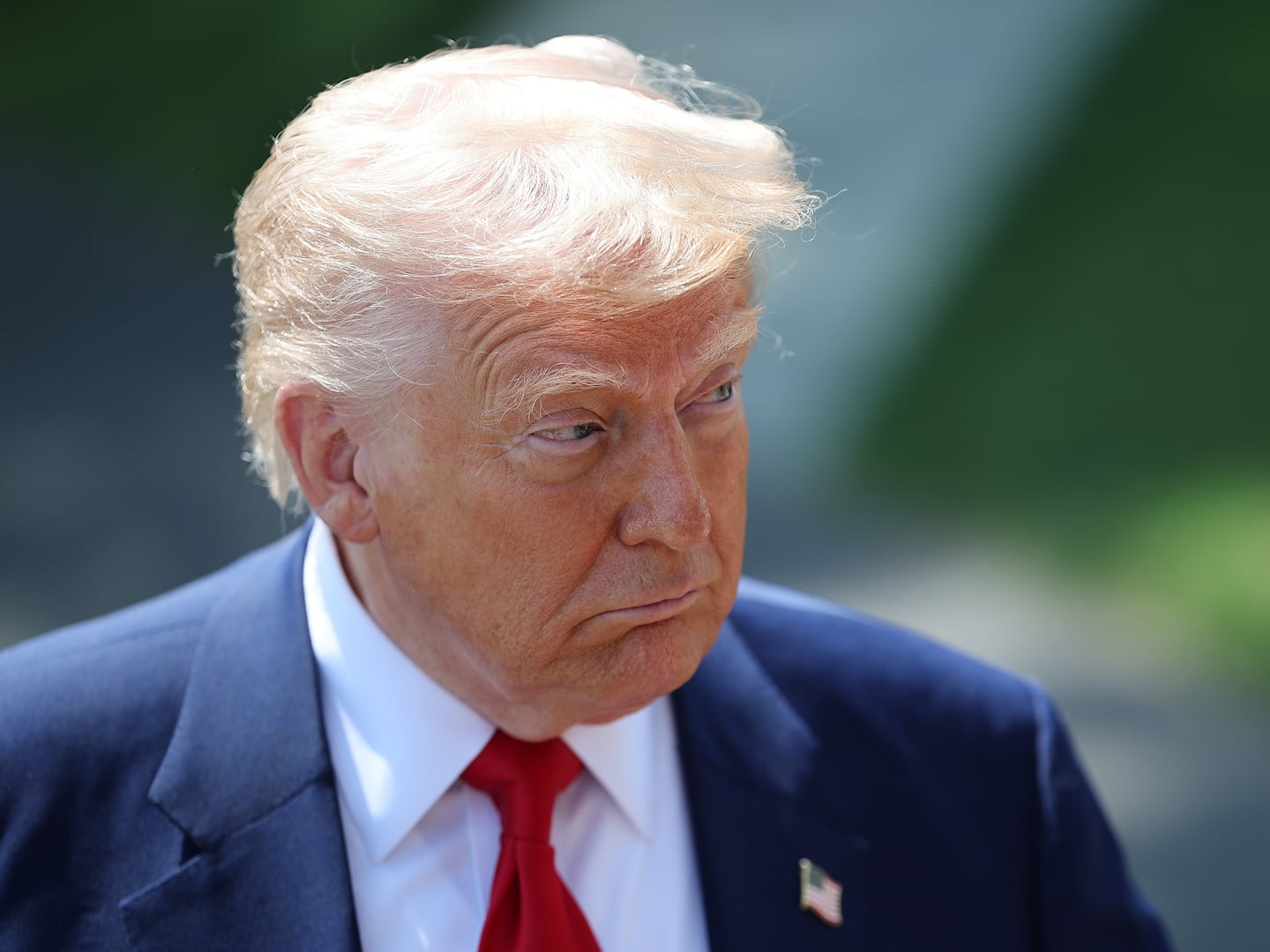Monumental sandstone statues, tools more than a million years old, a gold funerary mask from the tomb of a young girl, and gilded silver doors from Mecca’s most holy site, the Ka’ba, are some of the more than 200 pieces in Roads of Arabia: Archaeology and History of the Kingdom of Saudi Arabia, a show at San Francisco’s Asian Art Museum through January 18.
For most people, Saudi Arabia means camels, oil, and Islam, says Prince Sultan bin Salman bin Abdulaziz Al Saud, a member of the royal family, which rules in a theocratic monarchy, who was in San Francisco for the opening. Prince Sultan, says he hopes Roads of Arabia, the first comprehensive international exhibit of Arabian historical artifacts, will open a larger window on the country for people in the United States and beyond.

The prince, a former fighter pilot and now president of the commission for tourism and antiquities, wants the outside world to know about his country’s cultural heritage.
“It’s an unbelievably beautiful,” said Prince Sultan, who got a little dreamy eyed, talking about Saudi Arabia’s beaches, mountains, and islands. “This exhibition shows that Saudi Arabia is such an incredible historical experience.
The archeological discoveries in the last decade have radically changed our ideas about the Arabian Peninsula and show what an important cultural crossroads it was during the first millennium, says Dany Chan, the assistant curator for exhibition projects at the Asian Art Museum.
The exhibition explores four thematic roads, the first of which is the routes of our earliest ancestors. Because of the artifacts found in archeological digs, including stone tools, some scholars think the early humans out of Africa migrated through what is now Saudi Arabia.
“The Arabian peninsula could have been a route for homo erectus,” Chan says. “That’s pretty cool. This really reinforces all of these theories to wake people up to the idea that the ancient world was very well connected.”
The second part of the exhibition focuses on the network of roads built for the highly lucrative incense trade. It started in the south, Chan says, then spread to Egypt, Syria, Mesopotamia, and Iran, as well as to the Greco-Roman world. Frankincense and myrrh were wildly popular and used for everything from perfume to religious ceremonies to medicines for hemorrhoids and bad breath. By the time the incense reached its destination, the prices rose dramatically, Chan says, due to the taxes the cities on the route levied on caravans for food, shelter, and safety.
This meant the oases where caravans stopped became thriving economic centers, says Dr. Ali Al Ghabban, Vice President of Antiquities and Museums at the Saudi Commission of Tourism and Antiquities. Al Ghabban compared one of these sites, Tayma, in the northwest, to New York City, and another one, Thaj, to Dubai.
Al Ghabban, who joined Chan in giving a tour of the exhibition, said that Arabia, sitting between Africa, Europe, and Asia, is ideally situated as a crossroads for the world. As further evidence of how connected it was and its diversity, Al Ghabban, pointed to all the scripts found on objects included in Roads of Arabia. Along with Greek and Latin, there are five specific to the Arabian Peninsula and two versions of Aramaic.
Another route explored in Roads of Arabia remains active today—that traveled by pilgrims making the hajj, or annual journey to Mecca. With the establishment of Islam in the seventh century, trails for pilgrims developed from major cities like Damascus, Cairo, and Baghdad to Mecca.
“Pilgrimage roads were important in connecting a multicultural religious community,” Chan said. “Islam was not only practiced in the Middle East, but in southeast Asia, such as Indonesia. So once a year, you had this journey to Mecca with a cultural exchange of ideas.”
The diversity of cultures, all practicing the same religion, is seen in the Iraqi painting techniques or the Egyptian glass in the objects found along these roads, Chan says. She added that every new Islamic government that took over had the responsibility to maintain the holy sites, and they would commission elaborate gifts for them, such as the elaborate silver gilded wood doors for the Ka’ba and an incense burner, both from the Ottoman empire in Turkey.
The final part of the exhibition deals with the road to unification and the establishment of Saudi Arabia in 1932. Objects in the gallery include things that belonged to King Abdulaziz, the founder of the present day kingdom, such as a gold and silver sword and his falcon perch and falconry glove.
While the exhibition emphasizes the openness of Saudi culture, the country is notorious today for not being in line with international human rights law. Both Amnesty International and Human Rights Watch accuse Saudi Arabia of unfair trials, arbitrary detention, and convicting peaceful dissidents, as well as violating the rights of foreign workers and women.
But there is hope looking back to the the area’s early years when it was the cultural hub of the world.
“We’re restoring 16 Saudi cities to bring them back to cultural centers,” Prince Sultan said. “Saudi Arabia is a hidden gem and it’s being unearthed.






